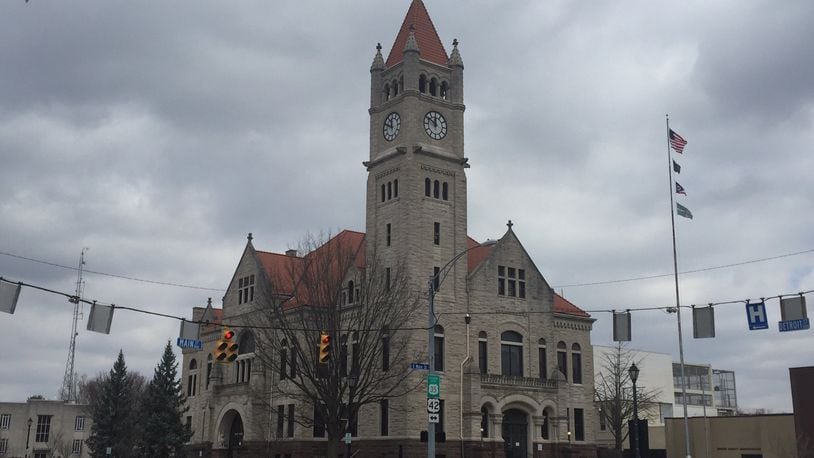Commissioners voted to relocate the county’s probate court operations by renovating the vacant lower level of the juvenile court building on Greene Way Boulevard.
Probate Judge Thomas O’Diam declined to comment for this story.
The move was amenable to the general division, which includes criminal and civil cases, according to Court Administrator E.J. Griffith.
“On behalf of the General Division of the Common Pleas Court, I am pleased that the Board of Greene County Commission has heard the concerns of Judge O’Diam and the Probate Court that it’s current facilities here in the Courthouse are inadequate to serve the people of Greene County, and that the Board has chosen to provide new and better facilities to better service the people of Greene County, at the Juvenile Court Building,” Griffith said in a prepared statement.
TRENDING: Time magazine taps Dayton region for its “Opioid Diaries”
At issue is the use of courtroom three in the courthouse, which is primarily used by visiting judges for civil cases, but the space is also used as needed by judges in other court divisions, officials said.
O’Diam and Common Pleas Judges Stephen Wolaver and Michael Buckwalter issued court orders on Monday demanding exclusive use and/or management of courtroom three, forcing commissioners to take action, according to County Administrator Brandon Huddleson.
After a brief executive session during their regularly scheduled meeting Thursday afternoon, Commission President Tom Koogler and Commissioner Bob Glaser voted to build a new courtroom in the lower level of the juvenile court building, 2100 Greene Way Boulevard.
Alan Anderson abstained from the vote. Anderson said he could not vote because as an attorney he practices law in both court divisions and there is a direct conflict of interest.
Funding will be from the county general fund, but the costs are not known yet, said Huddleson.
“This has been an ongoing discussion between the two divisions of the common pleas court, both giving great reasons for exclusive use of that courtroom,” Huddleson said. “We’ve offered a lot of suggestions for the courts to work together to figure out a way to share the four courtrooms within the courthouse amongst the three judges. Obviously, those were all met with some reservations from the different judges.”
Huddleson proposed moving the probate court’s operations to the juvenile court building in a letter sent to O’Diam in November, stating it’s an “alternative resolution which was suggested to us.”
TRENDING: New Dayton VA director will be first woman in its 150-year history
In the letter, Huddleson acknowledged O’Diam’s concerns about the layout of his courtroom, which is too small for the large crowds and presents security problems, as the judge must walk through the gallery to go to and from his bench.
In O’Diam’s court order, he demands to move probate hearings to courtroom three for hearings Tuesday through Thursday, and for either probate or common pleas hearings to be held there on Mondays and Fridays on a first come, first serve basis.
O’Diam also proposes that commissioners approve renovating a second floor room to accommodate general division proceedings if needed, an idea that the commission has already agreed to, according to O’Diam’s court order.
About the Author
